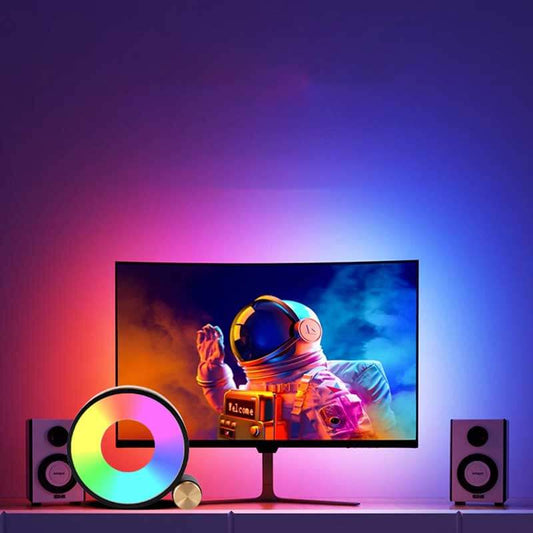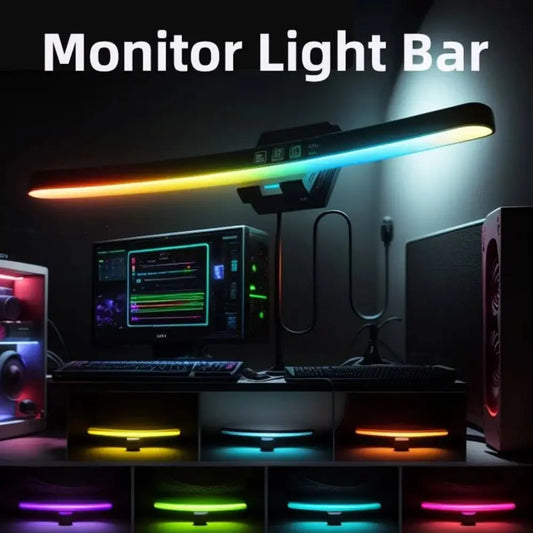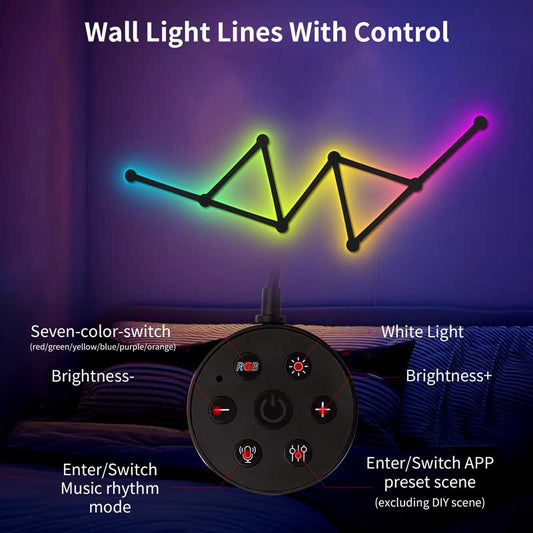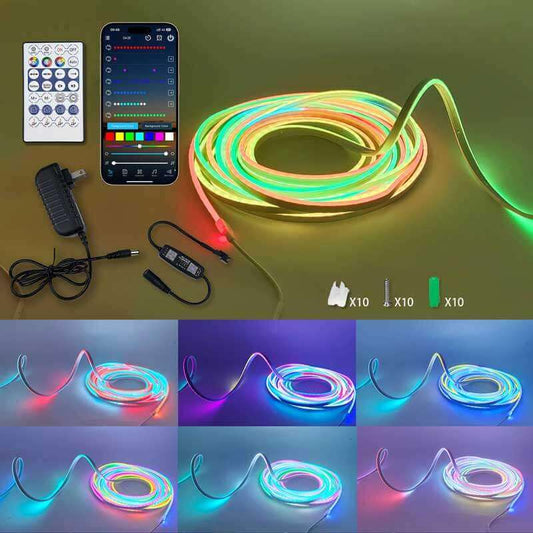Does RGB make RAM hotter?
Aktie
RGB lighting itself does not significantly affect the temperature of your RAM. The light components of RGB RAM are separate from the actual memory modules and consume very little power. However, there are a few nuances to consider when it comes to the overall heat management of RGB RAM:
1. Power Consumption and Heat Generation
- Minimal Power Use: The RGB LEDs on your RAM modules draw a very small amount of power. The energy used by the LEDs is so low that it has negligible impact on the temperature of the RAM itself. Most of the heat generated in a computer comes from the CPU, GPU, and other high-power components.
- Dedicated Circuitry: RGB RAM typically has dedicated circuits for the LEDs, which means the heat generated by the lights does not interfere with the RAM's primary functions.
2. RAM Cooling Solutions
- Heatsinks: Many high-performance RGB RAM modules come with heatsinks designed to dissipate heat effectively. These heatsinks are much more significant in terms of cooling the RAM than the RGB lighting itself. In fact, if your RAM has a heatsink, the RGB lighting is just a small feature that doesn’t really affect the heat management.
- Active Cooling: If your system has advanced cooling solutions (like case fans or liquid cooling), the RGB lighting will not interfere with airflow, so it won’t cause your RAM to overheat.
3. Possible Indirect Impact
- Higher Power Draw: If you are running an extensive RGB setup across your entire system (including the RAM, case fans, GPU, and other peripherals), there is a slight increase in total power draw. However, this increase is minimal and does not directly cause your RAM to overheat.
- System Overclocking: If your system is overclocked (whether the RAM or other components), this could naturally lead to higher temperatures in your system, but again, the RGB lighting isn’t the cause. You may want to focus on your system's cooling performance in such cases.
YOUWEI TRADE Conclusion
RGB lighting does not make RAM hotter in any significant way. The power draw from the LEDs is so small that it doesn’t contribute to the temperature of the memory modules. If you are concerned about heat, it’s better to focus on proper cooling solutions, like heatsinks, case fans, or liquid cooling, which play a more important role in maintaining optimal temperatures for your components.




